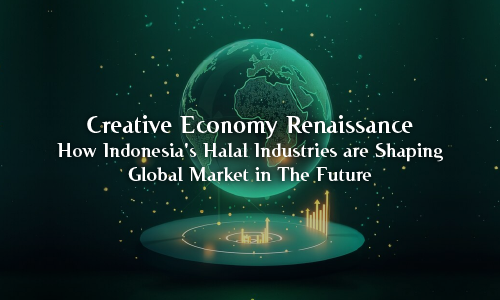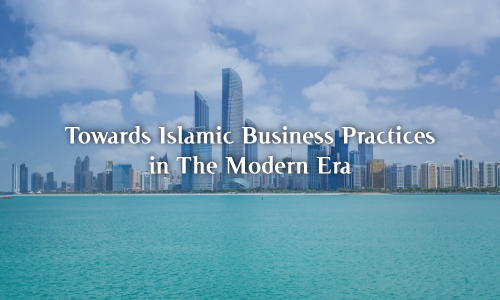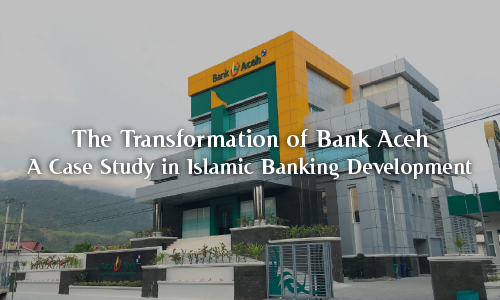The Power of Qurban: Feeding Souls, Fueling Economics, Uniting Humanity
Load content please wait ..
 Creative Economy Renaissance: How Indonesia's Halal Industries are Shaping Global Market in The Future
Creative Economy Renaissance: How Indonesia's Halal Industries are Shaping Global Market in The Future
Author: Dr. Ahmad Lukman Nugraha, M.A
May 07, 2025 Tecnological Innovation in The Global Halal Industry: Shaping The Future
Tecnological Innovation in The Global Halal Industry: Shaping The Future
Author: Dr. Ahmad Lukman Nugraha, M.A & Dani Pradana, M.T
April 15, 2025 Toward Islamic Business Practices in The Modern Era
Toward Islamic Business Practices in The Modern Era
Author: Dr. Ahmad Lukman Nugraha, M.A
February 18, 2025 The Transformation of Bank Aceh: A Case Study in Islamic Banking Development
The Transformation of Bank Aceh: A Case Study in Islamic Banking Development
Author: Assoc. Prof. Dr. Abdurrahman Syahrawi, M.T & Dr. Ahmad Lukman Nugraha, M.A
March 15, 2025